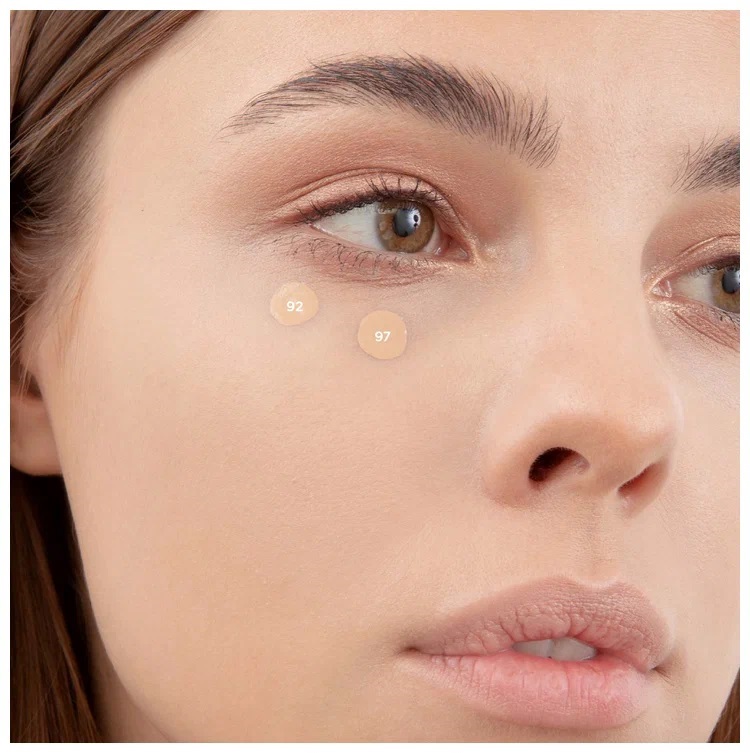Alarplasty is a specialized cosmetic procedure aimed at refining the nostrils to achieve a balanced and harmonious facial appearance. For those considering this surgery, Alarplasty in Islamabad provides several surgical techniques tailored to individual needs. Understanding the different approaches can help patients make informed decisions and achieve natural-looking results.
This blog explores the main surgical techniques used in alarplasty, their advantages, and what patients can expect before, during, and after surgery.
What is Alarplasty?
Alarplasty, also known as alar base reduction, focuses on narrowing and reshaping the nostrils. Unlike full rhinoplasty, which involves the entire nose, alarplasty is minimally invasive and targets the base of the nostrils to create a more proportionate and symmetrical appearance. The procedure is particularly suitable for individuals with wide, flared, or asymmetrical nostrils who wish to enhance facial balance.
Customization is a key part of alarplasty. Surgeons select surgical techniques based on the patient’s nasal structure, skin type, facial proportions, and desired outcome.
Why Surgical Technique Selection Matters
Choosing the right surgical technique is critical for:
- Achieving natural, proportional results
- Minimizing visible scarring
- Reducing recovery time
- Addressing asymmetry effectively
- Preserving ethnic and gender-specific nasal characteristics
An experienced surgeon evaluates these factors to determine the best technique for each patient.
Common Surgical Techniques for Alarplasty
Several techniques are commonly used for alarplasty. Each approach has its own benefits and is selected based on the patient’s unique nasal anatomy.
1. Wedge Resection Technique
The wedge resection technique involves removing a small wedge-shaped portion of tissue from the nostril base. This method:
- Reduces nostril width
- Maintains natural nostril contour
- Is ideal for patients with flared nostrils
Wedge resection is precise and allows surgeons to fine-tune the nostril size for symmetrical results.
2. Weir Incision Technique
The Weir incision is another popular approach where small incisions are made on the sides of the nostrils. This technique is effective for:
- Narrowing the alar base without altering the nasal tip
- Correcting minor asymmetries
- Achieving a subtle, natural appearance
Weir incisions are typically discreet and heal with minimal scarring.
3. Customized Incision Placement
Some patients require personalized incision placement based on the nostril shape, skin thickness, and degree of asymmetry. Customized incisions allow surgeons to:
- Hide scars in natural nasal creases
- Remove the precise amount of tissue needed
- Adjust nostril width and shape with high precision
This technique is particularly useful for patients seeking subtle yet impactful changes.
4. Combination Techniques
In cases where nostrils are both wide and asymmetrical, surgeons may combine wedge resection with Weir incisions or other modifications. Combination techniques:
- Address multiple nasal concerns in one procedure
- Ensure symmetry and proportionality
- Provide a tailored solution for complex nasal structures
Factors Influencing Technique Selection
Surgeons consider several key factors when choosing the most suitable alarplasty technique:
- Nostril Width and Flare – Wider nostrils may benefit from wedge resection or combination methods.
- Nostril Asymmetry – Customized incision placement is ideal for correcting uneven nostrils.
- Skin Type and Thickness – Thick skin may require adjustments in tissue removal; thin skin may require delicate incisions to minimize scarring.
- Facial Proportions – The surgical plan ensures the nostrils are proportionate to the rest of the face.
- Patient Preferences – Desired outcome, subtlety, or dramatic refinement guides technique selection.
The Alarplasty Procedure
Alarplasty is typically performed under local anesthesia with sedation, although general anesthesia may be used in certain cases. The procedure usually takes 30–60 minutes, depending on the technique and complexity.
Surgical Steps Include:
- Preoperative Marking – The surgeon marks incision lines based on the chosen technique and patient’s anatomy.
- Incision and Tissue Adjustment – Small incisions are made, and excess tissue is removed or repositioned.
- Closure – Fine sutures close the incisions carefully to minimize scarring.
- Immediate Assessment – The surgeon evaluates symmetry and nostril proportion before completing the procedure.
Recovery After Alarplasty
Recovery times can vary depending on the surgical technique and individual healing factors:
- Swelling and Bruising: Mild swelling and bruising typically last a few days.
- Pain Management: Over-the-counter pain medications are generally sufficient.
- Activity Restrictions: Avoid strenuous activities and contact sports for at least one week.
- Suture Care: Sutures are usually removed within 5–7 days.
- Follow-up Visits: Regular check-ups help monitor healing and ensure optimal results.
Most patients resume normal activities within a week, with final results visible as swelling subsides over several weeks.
Benefits of Alarplasty
Alarplasty offers several advantages, especially when the surgical technique is tailored to the patient:
- Enhanced Facial Harmony – Refined nostrils complement other facial features.
- Subtle and Natural Results – Tailored techniques ensure the nose retains a natural appearance.
- Minimal Scarring – Strategically placed incisions reduce visible scars.
- Quick Recovery – Less invasive than full rhinoplasty procedures.
- Long-Lasting Effects – Once healed, the refined nostril shape is permanent.
Choosing a Qualified Surgeon
Success in alarplasty depends on surgeon expertise:
- Experience: Look for a surgeon skilled in various alarplasty techniques.
- Portfolio: Review before-and-after photos to assess results.
- Consultation: Choose a surgeon who listens and tailors the procedure to your goals.
- Accreditation: Ensure the clinic meets safety and regulatory standards.
Selecting an experienced surgeon ensures the procedure is customized for optimal outcomes and patient satisfaction.
Conclusion
Alarplasty in Islamabad offers several surgical techniques designed to refine nostrils, enhance facial harmony, and improve overall appearance. Whether through wedge resection, Weir incisions, customized placement, or combination methods, each approach is carefully selected to meet individual patient needs. Customized alarplasty ensures natural, symmetrical results, minimal scarring, and a smooth recovery.
For professional consultation, personalized procedures, and expert care, many patients trust Dynamic Clinic, where surgeons specialize in alarplasty and other cosmetic nasal procedures, delivering safe and effective results tailored to each patient.





Comments